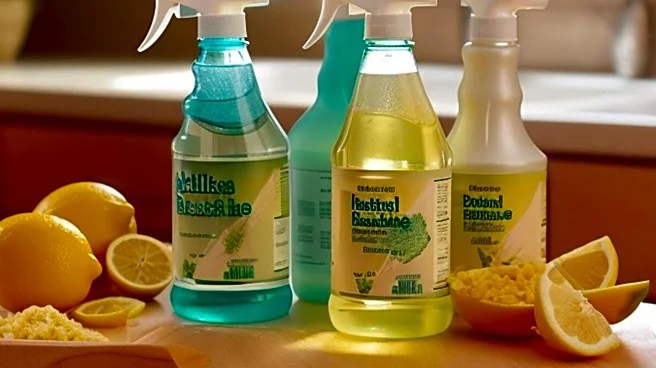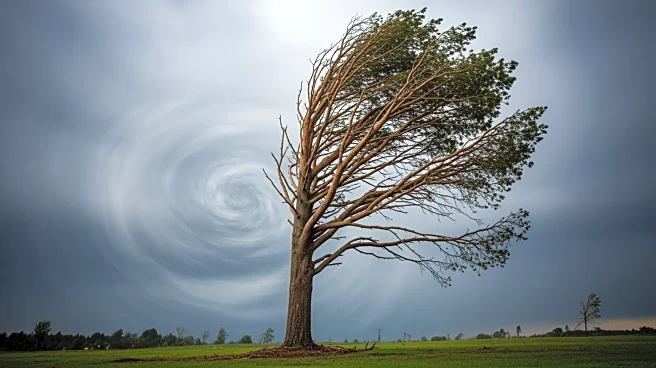What's Happening?
Consumer Reports provides advice for homeowners dealing with property damage after severe weather events. Key recommendations include documenting damage with photos and inventories before contacting insurance companies. Homeowners are advised to wait
for insurance adjusters before starting repairs. Tools like chainsaws and battery-powered equipment are suggested for clearing debris, while dehumidifiers and fans are recommended for addressing water damage and mold prevention. Installing backup sump pump systems is advised for future protection against power outages during storms.
Why It's Important?
Severe weather events can cause significant property damage, impacting homeowners financially and emotionally. Proper documentation and timely communication with insurance companies are crucial for successful claims. The advice from Consumer Reports helps homeowners navigate the aftermath of storms, ensuring they are prepared to manage repairs effectively. This guidance is particularly relevant as climate change increases the frequency and intensity of severe weather, highlighting the need for proactive measures to protect property and reduce long-term costs.
What's Next?
Homeowners may consider investing in recommended tools and systems to enhance their preparedness for future weather events. Insurance companies might see an increase in claims related to severe weather, prompting them to refine their processes for quicker assessments and payouts. Local governments and community organizations could offer workshops on storm preparedness and recovery, fostering resilience among residents. As severe weather becomes more common, there may be increased demand for innovative solutions and technologies to mitigate damage and ensure safety.
Beyond the Headlines
The advice from Consumer Reports reflects broader trends in disaster preparedness and the growing importance of resilience in the face of climate change. Homeowners are encouraged to adopt sustainable practices and technologies that not only protect their properties but also contribute to environmental conservation. The focus on proactive measures underscores the shift towards a culture of preparedness, where individuals and communities are equipped to handle emergencies and recover swiftly.













